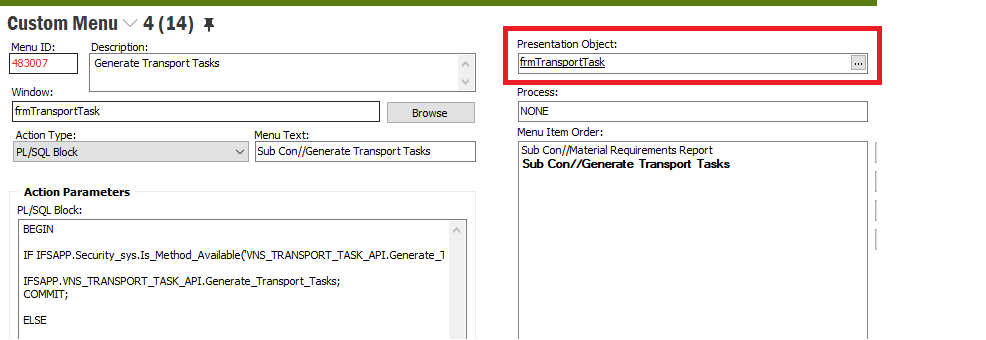Good morning, I wonder if you can refresh my memory on the following:
I have created a custom menu on the Sales Quotation Line and Sales Quotation Lines so that the user can RMB and Approve Sales Quotation Lines, ( note: this updates 3 custom fields user_id, date_approved and approved_yn). (PL/SQL Code)
My question is how can I grant this RMB to a select group of users?
Many Thanks
John










